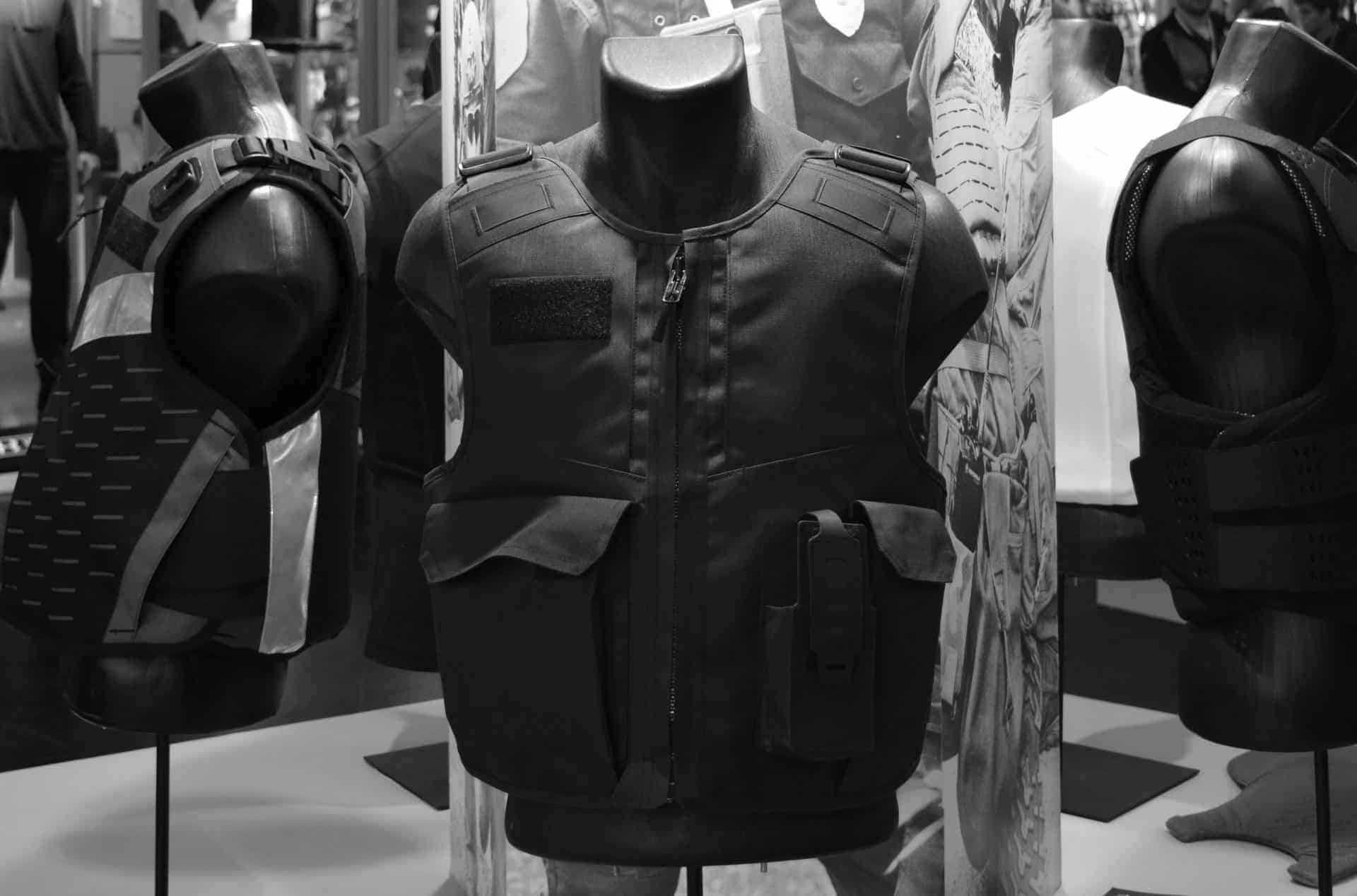What body armor is available on the market and what it is made to stop
As we mentioned in the intro, there are four levels of body armor currently available for purchase: Level IIIA, Level III, Level III+, and Level IV.
Level IIIA is the highest level of protection currently available in soft body armor. It is designed to protect against .44 Magnum and 9mm submachine gun rounds, as well as all lower-level threats.
Level III body armor is designed to stop rifle rounds. The most common caliber that will be stopped by level III armor is 7.62x51mm (the M80 round), but it will also stop smaller caliber rounds like 5.56x45mm (.223 Remington).
Level III+ body armor is a new category of armor that is designed to stop more powerful rounds than level III armor. The most common caliber that will be stopped by level III+ armor is 7.62x39mm (the AK-47 round), but it will also stop smaller caliber rounds like 5.56x45mm (.223 Remington).
Level IV body armor is the highest level of protection available, and it is designed to stop armor-piercing rifle rounds. The most common caliber that will be stopped by level IV armor is .30-06 (the M2 AP round), but it will also stop smaller caliber rounds like 5.56x45mm (.223 Remington).
How body armor is rated and what that means for protection
Body armor is rated by the level of threat it is designed to stop. The higher the level, the more powerful the round it will stop.
The ratings for body armor are as follows:
– Level IIIA: .44 Magnum and 9mm submachine gun rounds
– Level III: 7.62x51mm (M80) and 5.56x45mm (.223 Remington) rounds
– Level III+: 7.62x39mm (AK-47) and 5.56x45mm (.223 Remington) rounds
– Level IV: .30-06 (M2 AP) and 5.56x45mm (.223 Remington) rounds
As you can see, the higher the level, the more powerful the rounds that will be stopped. However, it is important to remember that no body armor is 100% effective. Even level IV armor will not stop all rounds, and it is possible to be injured or killed if you are hit in a vulnerable area.
The different types of rounds and how they can penetrate body armor
There are two main types of rounds that can penetrate body armor: ballistic rounds and edged weapons.
Ballistic rounds are designed to impact and penetrate targets. They are typically fired from rifles and can travel at high speeds. The most common type of ballistic round is the 7.62x51mm (M80) round, which is used in military assault rifles like the M16 and AK-47.
Edged weapons are also designed to impact and penetrate targets. However, they rely on sharp edges to do so, rather than speed. The most common type of edged weapon is the knife, but axes and other sharp objects can also be used as weapons.
It is important to remember that no body armor is 100% effective. Even level IV armor will not stop all rounds, and it is possible to be injured or killed if you are hit in a vulnerable area.
Ballistics expert Dr. Gary Roberts believes that the vast majority of people who are shot while wearing body armor survive the attack. In fact, he estimates that over 95% of people who are shot while wearing body armor survive the attack.
This is because most people who are shot are not hit in a vital organ, and body armor is very effective at protecting the major organs of the body. However, if you are hit in a non-vital area, like the arm or leg, you may still be seriously injured.
Which rounds are most dangerous and why you need to know about them
The most dangerous rounds are those that can penetrate body armor. The two main types of rounds that can penetrate body armor are ballistic rounds and edged weapons.
Ballistic rounds are designed to impact and penetrate targets. They are typically fired from rifles and can travel at high speeds. The most common type of ballistic round is the 7.62x51mm (M80) round, which is used in military assault rifles like the M16 and AK-47.
Edged weapons are also designed to impact and penetrate targets. However, they rely on sharp edges to do so, rather than speed. The most common type of edged weapon is the knife, but axes and other sharp objects can also be used as weapons.
It is important to remember that no body armor is 100% effective. Even level IV armor will not stop all rounds, and it is possible to be injured or killed if you are hit in a vulnerable area.
How to choose the right level of body armor for your needs
The level of body armor you need depends on the type of rounds you are likely to encounter.
If you are likely to encounter ballistic rounds, like those fired from an assault rifle, you will need level III or higher body armor.
If you are likely to encounter edged weapons, like knives or axes, you will need level IIIA or higher body armor.
Remember, no body armor is 100% effective. Even level IV armor will not stop all rounds, and it is possible to be injured or killed if you are hit in a vulnerable area.
If you are unsure of the types of rounds you are likely to encounter, it is best to err on the side of caution and choose a higher level of body armor.
